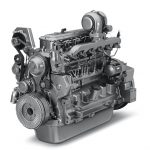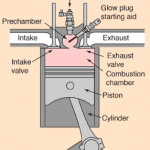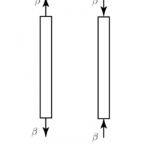An engine load determines the demand put on an engine’s capacity to produce power. Moreover, the load provides specification guidance to manufacturers as they design engines to ensure that they are fit for purpose.
In this article, you’ll get to know the engine load definition, how to calculate it, engine load vs rpm, and the engine load at idle.
Engine Load Defintion
Engine load is the force that acts against the power an engine produces. So, for an engine to function satisfactorily, its power should be sufficient to overcome its rated load. As a result, it is necessary for manufacturers to know the design load when making engines. In addition, it is important to note that the load that an engine can overcome is set for a particular motor speed. As the force increases, the engine speed decreases. Thus, impeding its ability to produce rotational power.
In practice, the terms engine load, brake power, and torque are interchangeable. The torque of an engine refers to its rotational power under a loading condition. Brake power provides the required force to bring the engine to a halt. In any event, these all represent similar parameters. An example where these terminologies come in handy is the internal combustion engine.
Internal Combustion Engine
The construction of an internal combustion engine determines its load capacity. For a vehicle, the basic load of the engine is the self-weight of the vehicle. However, there are variable loads depending on the road gradient, wind resistance, and the weight of passengers, luggage, and accessories. Thus, a vehicle’s engine design needs to be robust enough to accommodate them. The factors that determine an engine’s robustness include but are not limited to: whether the engine is pushrod or overhead valve construction, the number of cylinders, fuel capacity, engine material, and even whether the drive chain is belt or chain driven.
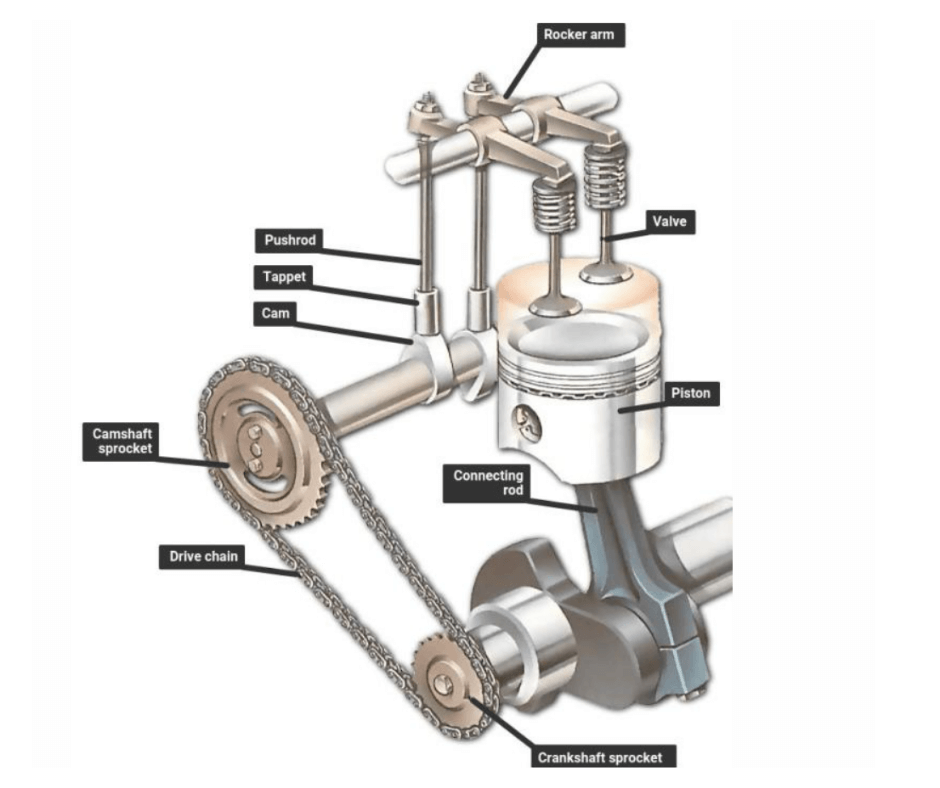
Calculation of Engine Load
The way to calculate an engine load varies depending on its application. In this section, the calculation review is that of a vehicle engine. For a vehicle moving at a constant velocity, the load comprises of forces from aerodynamic drag, rolling resistance, and road gradient. Usually, engineers refer to the engine load of a vehicle as its road load.
Aerodynamic Drag
Generally, vehicles expend the majority of their energy in overcoming aerodynamic drag. Moreover, designers minimize the level of drag on a vehicle by making it narrower, shorter, and with a more slippery shape. Also, driving at slower speeds reduces the drag on a car. The force on a vehicle due to drag (Fd) is a function of air density (ρ), the vehicle’s frontal area (A), the relative velocity with the wind (vrel), and the drag coefficient of the vehicle (Cd), which depends on its shape.
[Latexcode]
![]()
Rolling Resistance
Another factor that contributes to the force that a vehicle’s engine has to overcome is the rolling resistance. This rolling resistance (Fr), depends on the total mass of a vehicle and its constituents (m), gravitational acceleration (g), and the coefficient of rolling resistance (Cr), which the type of tyres and road surface influence.
[Latexcode]
![]()
Road Gradient
The engine load of a vehicle when moving along a slope is different from when it is moving on a flat surface. Furthermore, the effect of driving on a slope contributes to the engine power when moving downwards, while it adds to the load when driving upwards. Thus, the effect of the road gradient on the load comes into consideration only when driving uphill. The force on the car due to road gradient (Fg), depends on the angle of slope (θ), and the car weight (mg).
[Latexcode]
![]()
Combining these three factors together, the total road load (FT) that an engine has to overcome is given as:
![]()
Engine Load Vs. RPM
Any time the force on an engine increases, its speed, which engineers measure in revolutions per minute (rpm), decreases. As a result, there is a loss of power. For internal combustion engines, the fuel injector compensates for this speed reduction by pumping more fuel into the combustion chamber during the intake stroke.
Subsequently, a greater volume of the fuel and air mixture are compressed and ignited in the compression and power strokes respectively. Following this, higher levels of energy pass via the pistons to the crankshaft to achieve the adequate speed and power to drive a load.
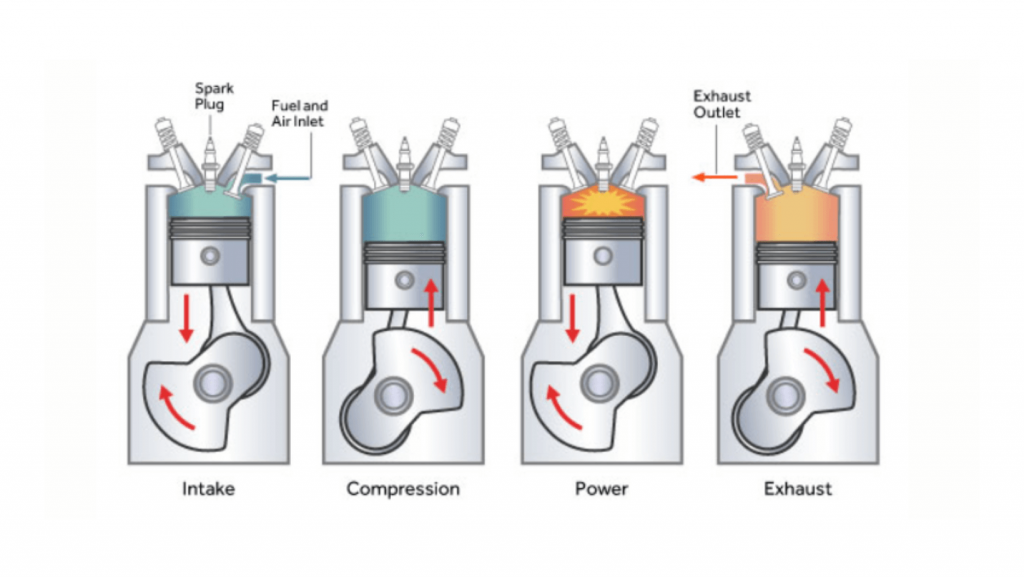
The relationship between the capacity of an engine in horsepower (HP), the engine speed in rpm (N), and the engine’s torque (T) is as follows:
[Latexcode]
![]()
Engine Load At Idle
Idling, for an automobile, refers to when a vehicle is not in motion but the engine is still running. Usually, this occurs in traffic or when the driver is waiting while the gear is in park. Because the driver uncouples the engine from the drive train and does not throttle, the idle speed is normally between 600 and 1,000 rpm. As a result, the engine is not capable of carrying much load. But, the power generated can cater to the car accessories. However, if more demanding accessories such as air conditioning are in use, the fuel injection system has to compensate for this by feeding the engine more fuel, thereby increasing its rpm.
